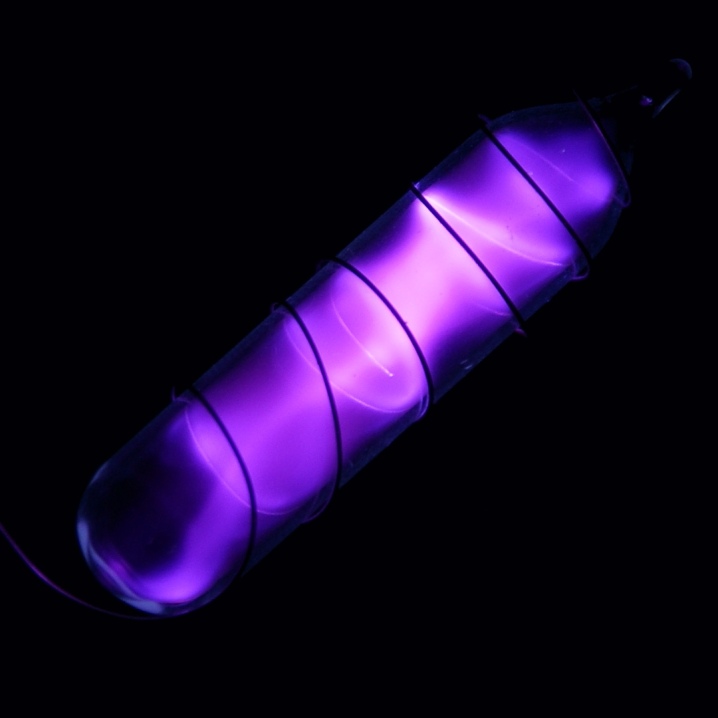We have been writing a lot about how Barry Shapiro and Carter Taylor have been making allegations about the legality and environmental faults of Spoonbill Marsh and how on April 12, 2018 Barry Shapiro wrote: “I make no bones about it when I admit that my personal goal is to SHUT SPOONBILL DOWN.”
In our last article we wrote about evaporation, transpiration and infiltration relative to their allegation that more water is entering the Marsh than flowing out of it. Their allegation:
“2.34 millions of gallons a day (mgd) unexplained (0.71 mgd unaccounted + 1.63 mgd inflated WIM-02 estimates)
78% of the average input volume of 2.99mgd is unexplained.”
Issue two is their allegation that for November, 2017 nitrogen in water flowing out of the Marsh was .91 milligrams per liter. That that is too high and unacceptable.
What they don’t emphasize is that for the same month nitrogen in water entering the Marsh from the Indian River Lagoon averaged 2.1 milligrams per liter.
That’s roughly a 43% decrease.
Then, as reported in the April 26, 2018 edition of 32963 they “question the high input number noting water samples taken by the St. John’s River Water Management District that show total nitrogen is about .57 milligrams per liter in the middle of that stretch of the Lagoon and .89 milligrams per liter near the shore.
To focus on .91 and not on the 43% decrease is abusing statistics.
To support our position on June 13, 2018 we received this correspondence from Jill Margolius, Public Information Specialist for the Florida Department of Environmental Protection, Southeast District – West Palm Beach.
“Good Morning Mr. Hardy,
It is both inaccurate and misleading to try to compare 0.57 and 0.89 to the values of 0.91 and 2.1 because they were not analyzed using the same analytical method. The facility followed standard DEP required protocols for sample collection and the samples were analyzed by a certified laboratory therefore, the results of 0.91 and 2.1 are valid results. Further, the result of 0.91 mg/L is well within the permitted discharge limits which was established under the Total Maximum Daily Load (TMDL) or water quality restoration goal, determined by DEP in accordance with Chapter 62-303, F.A.C.
Best,
Jill”
Dee.Ann.Miller@dep.state.fl.us was copied on Ms. Margolius’ email.

Thanks Tom. I read the piece in 32963 which denigrated the marsh. You article makes more sense.
Brad
LikeLike
Thanks, Brad.
LikeLike